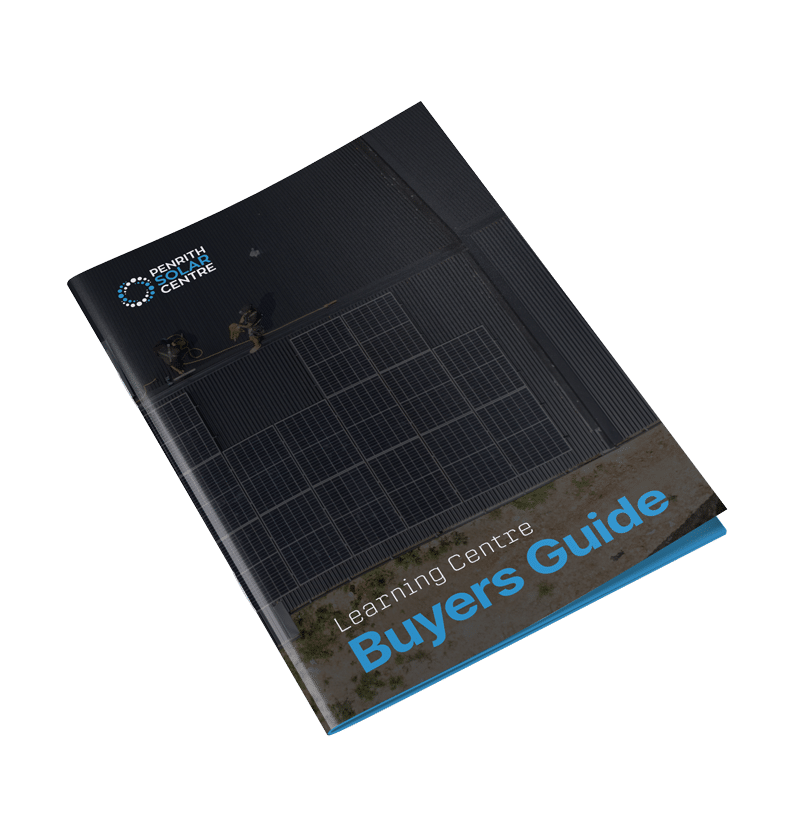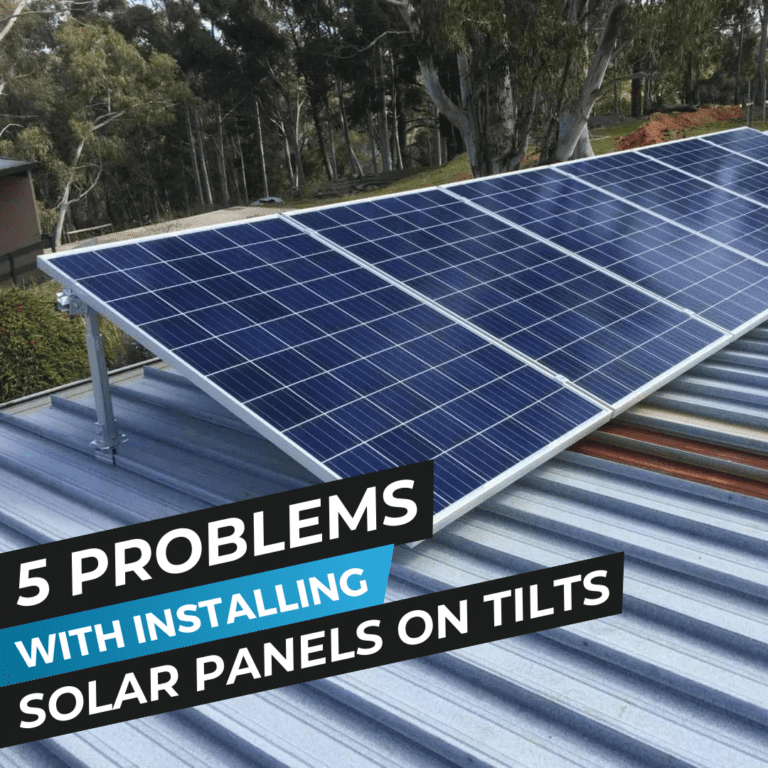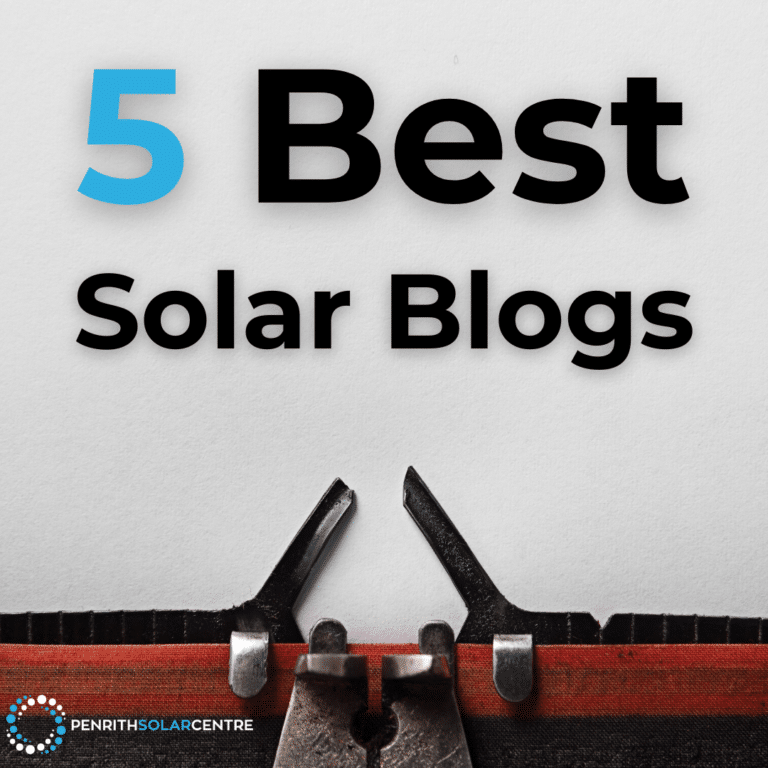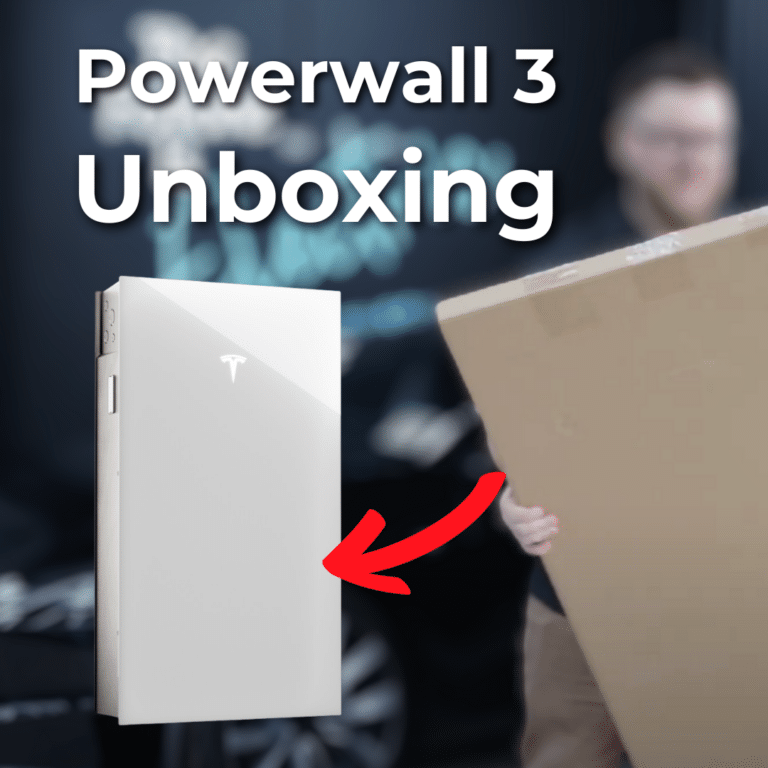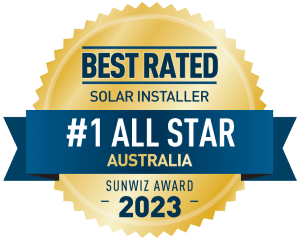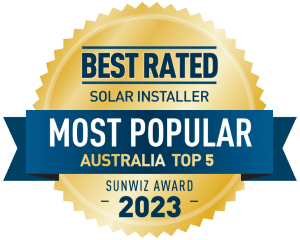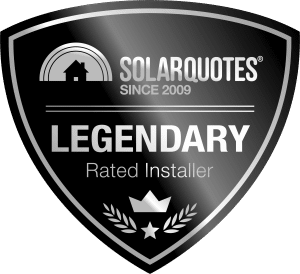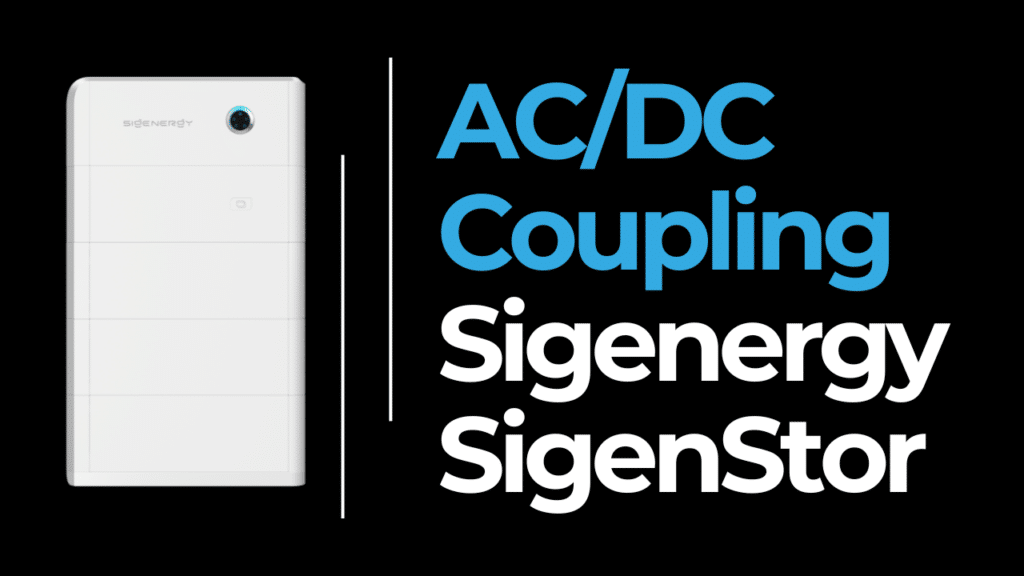
The most exciting thing about the Sigenergy SigenStor energy system is its versatility. How you install this system will affect its efficiency. We’re talking about AC vs. DC coupling for the SigenStor.
If you don’t know the difference between AC and DC coupling, that’s okay; we’re here to explain it. If you don’t even know what AC and DC-coupled means, that’s okay, too.
At PSC, we understand that options can sometimes be overwhelming. That’s why we’re here to guide you through all your solar decisions. Whether the SigenStor needs to be AC-coupled or DC-coupled depends on what you want out of your solar system and how you want it installed.
In this article, you’ll learn about the following:
- Introduction to SigenStor’s Flexibility
- Most Efficient: DC Coupling Sigenergy SigenStor
- Retrofitting and Flexibility: AC Coupling Sigenergy SigenStor
- Choosing the Best Setup for Your Home
By the end of this article, you’ll understand the difference between installing the SigenStor as AC-coupled or DC-coupled and which is right for your system.
Introduction to SigenStor’s Flexibility
The Sigenergy SigenStor is a smart, versatile home battery that gives you plenty of options for using solar energy.
Whether you’re installing a brand-new solar system or adding battery storage to an existing one, SigenStor works with both DC and AC coupling, making it a flexible choice.
Its ability to connect directly to solar panels sets it apart from many other batteries. It’s a highly efficient DC-coupled setup. But if you already have a solar inverter in place, don’t worry; we also install it as an AC-coupled solution without a problem.
Plus, with built-in AI that optimises how and when your battery charges and discharges, SigenStor helps you get the most out of your solar power. It’s one of the smartest battery solutions out there today.
But what’s the difference between DC and AC coupling, and how will you install your system? Let’s break it down.
If you’re interested in learning about types of solar batteries, you might want to check out the following article titled, AC-coupled Battery vs. DC-coupled Solar Batteries.
Most Efficient: DC Coupling Sigenergy SigenStor
When it comes to getting the most out of your solar battery system, DC coupling is one of the best options available if your priority is efficiency.
With a DC-coupled setup, your solar panels connect directly to the SigenStor system, allowing energy to flow straight into the battery without unnecessary conversion steps.
This makes the entire process more efficient and helps you store more of the solar power your system generates.
How DC Coupling Works
Here’s a simple breakdown of how a DC-coupled system functions:
- Your solar panels generate electricity in direct current (DC) form.
- This DC power flows straight into the battery without being converted into alternating current (AC).
- When your home needs power, the inverter built into the SigenStor converts the stored DC energy into AC electricity, making it usable for household appliances.
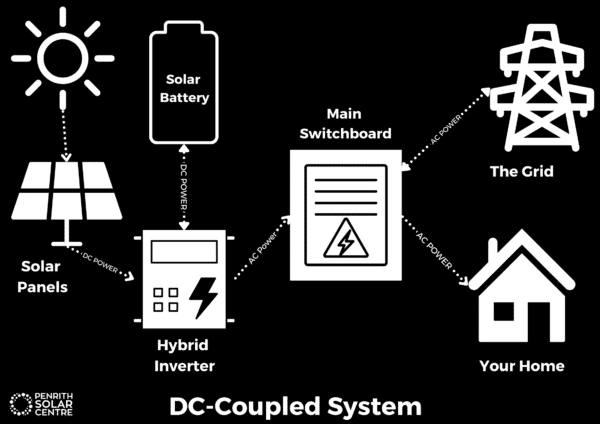
Why DC Coupling is a Smart Choice
Choosing a DC-coupled system comes with several advantages that can make a big difference in how efficiently your home uses solar energy:
- Higher Efficiency: Since solar power goes directly into the battery, it avoids unnecessary conversions and reduces energy losses.
- Better Energy Retention: Because you’re losing less energy because you’re not converting that power, you can store more energy in the battery.
- Perfect for New Solar Installations: If you’re installing both a solar system and a battery at the same time, DC coupling is the best option because it keeps the system simple and efficient.
If efficiency is a top priority, this setup is definitely worth considering.
If you’d like to learn a bit more about the features of SigenStor, we recommend you check out the following article titled, PSC Now Carries Sigenergy SigenStor Solar Panel and Battery Energy System.
Ready to go solar? Click here.
Retrofitting and Flexibility: AC Coupling Sigenergy SigenStor
For homeowners who already have solar panels installed, AC coupling is also a practical solution.
In an AC-coupled setup, the SigenStor battery integrates with an existing third-party solar inverter. That inverter can be Enphase microinverters or string inverter setups.
How AC Coupling Works:
- The solar panels generate DC electricity, which is converted into AC electricity by the existing microinverters or string inverter.
- That AC energy is used in the home first.
- Any excess AC energy that’s normally exported to the grid is instead stored.
- The SigenStor’s inverter then converts the AC energy back into DC for storage in the battery.
- When needed, the battery system converts stored DC power back into AC power for use in the home.
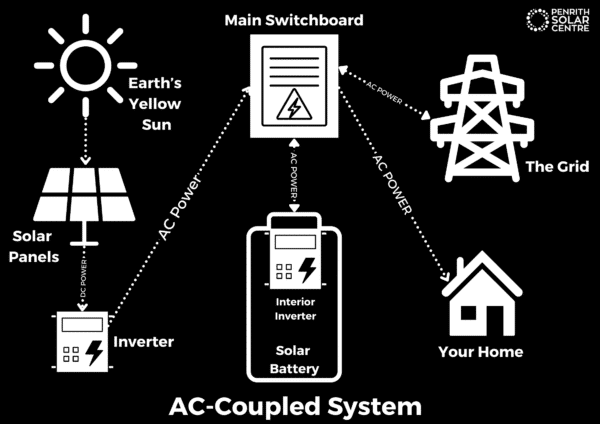
Advantages of AC Coupling:
- Works with almost any solar setup: If you already have an existing solar system, you don’t need to replace your current inverter. Whether you have Enphase microinverters or a string inverter system, AC coupling the SigenStor allows for easy integration.
- Full home backup capability: Even in an AC-coupled setup, the SigenStor provides full backup power during blackouts.
While AC coupling has the advantage of seamless integration into existing solar systems, it is slightly less efficient than DC coupling due to the double conversion process.
However, there are still distinct advantages to having a product like Enphase microinverters. Enphase microinverters will produce more yield than a standard DC string inverter.
The warranty alone saves you money over time because microinverters are guaranteed for 25 years. This matches the lifespan of your solar panels.
String inverters are only warranted for 5 – 10 years, and then they need to be replaced. This is an extra cost that extends your payback period.
If you’d like to learn a bit more about SigenStor, we recommend you check out the following article titled, Sigenergy SigenStor Review.
Choosing the Best Setup for Your Home
So, which setup should you choose?
- If you are installing a new solar and battery system, DC coupling is the best option for efficiency and minimal conversion losses.
- If you already have a solar system installed, AC coupling is the most practical solution since it allows you to keep your existing inverter while adding battery storage.
- If you have an Enphase system, SigenStor is a perfect battery option for full backup capability and seamless integration.
If you’re interested in learning a bit more about the solar battery rebate, you might want to check out the following article titled, Everything You Need to Know About the Home Battery Rebate for NSW.
Power up your savings. Click here.
AC/DC Coupling for Your System
The Sigenergy SigenStor is one of the most versatile home battery solutions available, allowing homeowners to choose between DC and AC coupling based on their needs.
With higher efficiency in DC coupling, retrofit flexibility in AC coupling, and intelligent energy management, SigenStor provides a future-proof solution for solar storage.
Whether you’re installing a new system or adding storage to an existing one, the team at PSC can help you design the perfect SigenStor setup for maximum energy efficiency, cost savings, and grid independence.
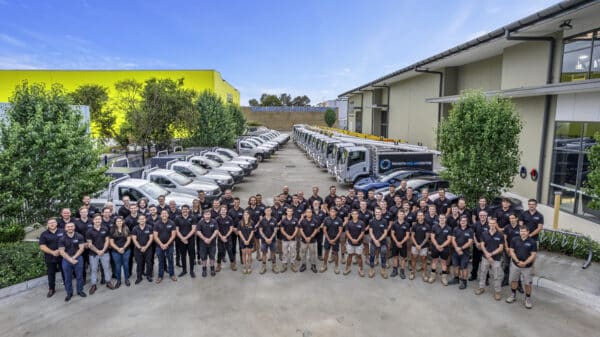
If you’d like to learn a bit more about the cost of SigenStor, we recommend you check out the following article titled, How Much Does the Sigenergy SigenStor Cost?
